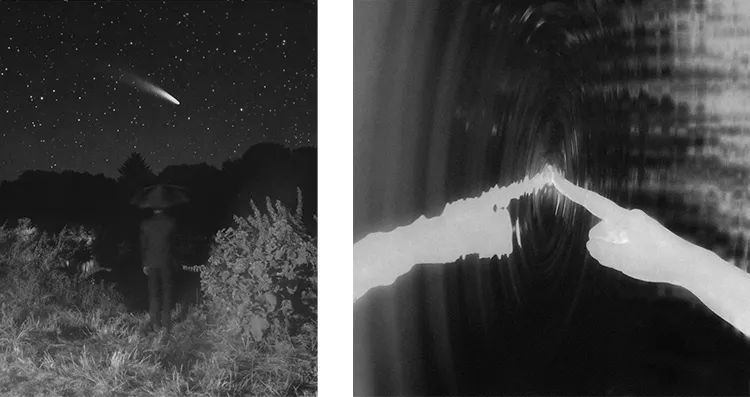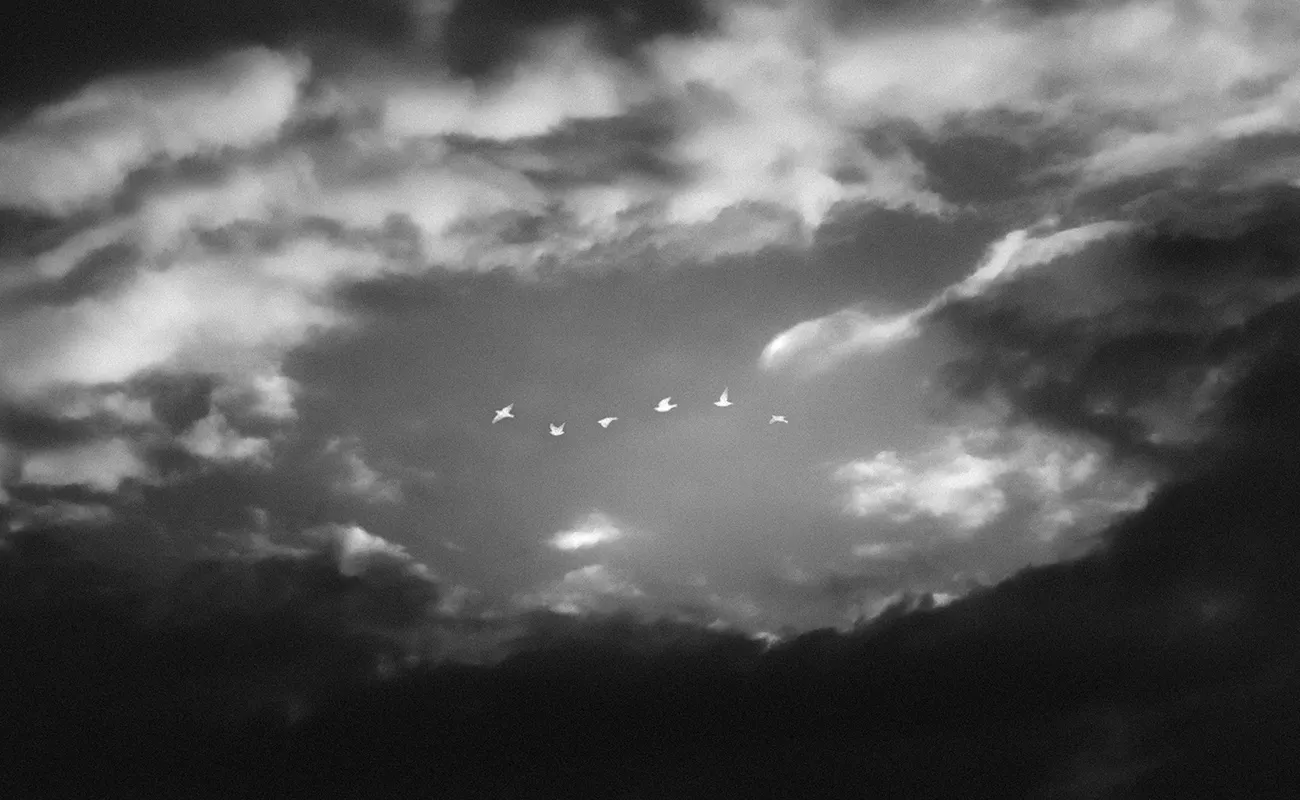“All things must come to an end, which is what makes living so much more precious.”
A Life in Motion: The Journey to Artistic Expression
Tzion Essel’s path to becoming a fine art photographer was anything but conventional. Born in Luton, UK, his early years were marked by constant movement—first relocating to Ghana, then Houston, Texas, followed by a stint in Spain before ultimately returning to the UK. His childhood, however, was defined not by photography, but by basketball. The sport was his singular passion, guiding his ambitions with dreams of one day reaching the NBA. Yet, as time passed, he recognized that this pursuit was not a sustainable long-term goal, leaving him with an unexpected void.
This shift in focus led him toward the arts, a realm he had never fully explored before. Experiencing life across various cultures and socioeconomic backgrounds gave him a unique perspective on human nature. Observing the commonalities in people’s lives despite their differing circumstances shaped his artistic eye. This rich tapestry of experience laid the foundation for his photography, where he seeks to capture universal emotions—melancholy, longing, and the intangible beauty of fleeting moments.
Essel’s introduction to photography was almost incidental. During his final year at a basketball academy, he and his best friend enrolled in a media course on a whim. It was during this time that he first picked up a camera, though it would take a few more years before he fully committed to the craft. His true awakening came in his second year of university while studying photography. Social media exposed him to artists who expanded his perception of what photography could achieve, pushing him to pursue his own vision with newfound determination.
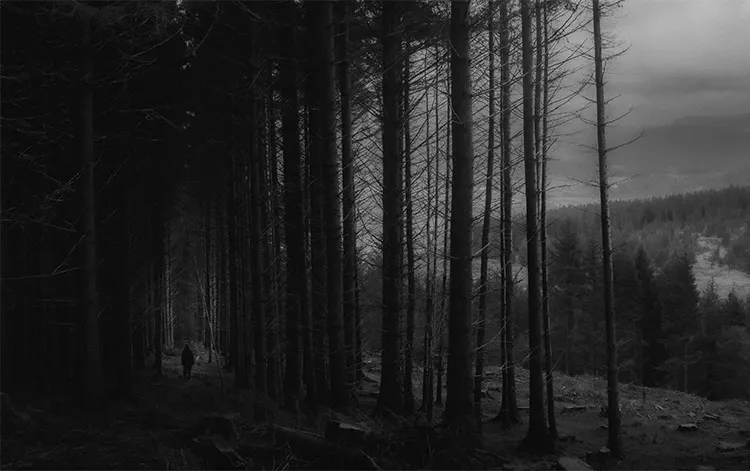
Tzion Essel: Aesthetic and Emotional Philosophy
Essel’s photography is deeply rooted in a black-and-white, painterly aesthetic, evoking the timeless quality of classical art. His compositions are not merely about capturing a scene but about distilling profound emotional states. The core of his work revolves around the subtleties of human existence—heartbreak, solitude, yearning, and the unspoken emotions that shape our lives. He is drawn to the moments that carry both sorrow and beauty, believing that pain holds its own form of elegance.
Recently, his artistic exploration has expanded to examine humanity’s fractured relationship with nature. In an age where digital distractions dominate, he sees a profound sadness in society’s growing disconnection from the natural world. This theme has become central to his latest body of work, where he strives to rekindle an appreciation for nature’s quiet majesty. His images serve as reminders of the beauty we often overlook, urging viewers to reflect on their place within the greater landscape of existence.
Music plays an essential role in his creative process, allowing him to immerse himself fully in his work. He often dims the lights, shutting out distractions to focus entirely on his vision. Among his greatest influences is musician Frank Ocean, whose introspective lyrics and atmospheric soundscapes have profoundly shaped Essel’s approach to art. Without Ocean’s music, he believes many of his most meaningful works would not exist.
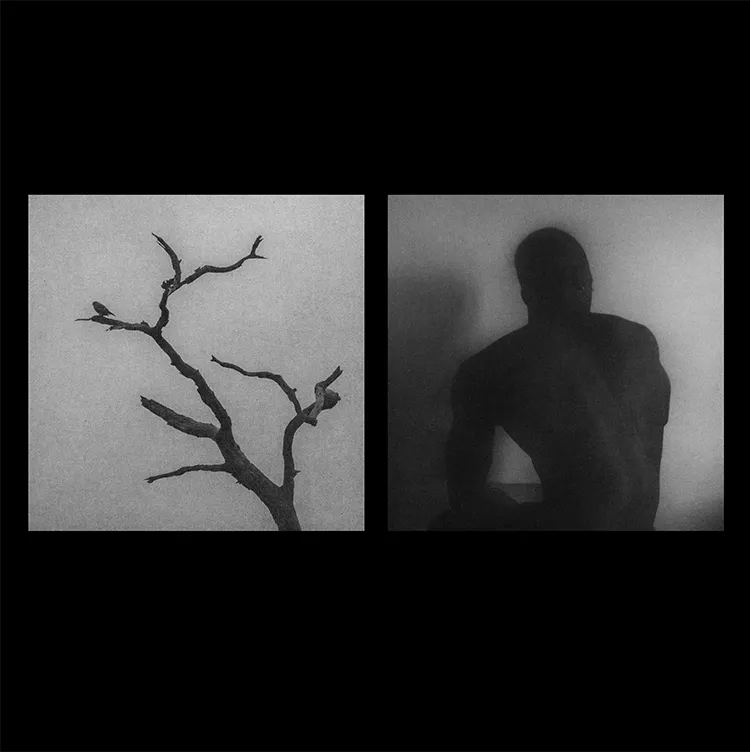
The Weight of Impermanence: Reflections on Mortality
Among Essel’s most significant works is a piece titled Impermanence, an image that embodies his evolving perspective on life and death. The inspiration for this photograph struck him during a visit to Richmond Park, where he encountered a fallen tree. Struck by its quiet beauty, he saw in it a powerful symbol of life’s transience. His study of Stoic philosophy, particularly the concept of Memento Mori—a reminder of mortality—deepened his connection to the moment, shaping the way he captured it.
He initially captured the scene in a quick snapshot, recognizing its emotional weight but wanting to refine the image further. He returned later to photograph it with intention, fully immersing himself in the composition. When he visited the site again, the tree had been altered—its branches cut away, and within another week, it had disappeared entirely. This physical transformation only reinforced the theme of transience, making the final image even more poignant.
As a child, Essel struggled with an intense fear of death, finding the idea of nonexistence overwhelming. However, as he matured, his perspective shifted. He began to see death not as something purely tragic, but as an essential part of life—one that enhances the value of every moment. Impermanence serves as a personal testament to this philosophy, embodying the beauty in life’s ephemerality. For Essel, the piece is more than just an image; it is a meditation on existence itself.
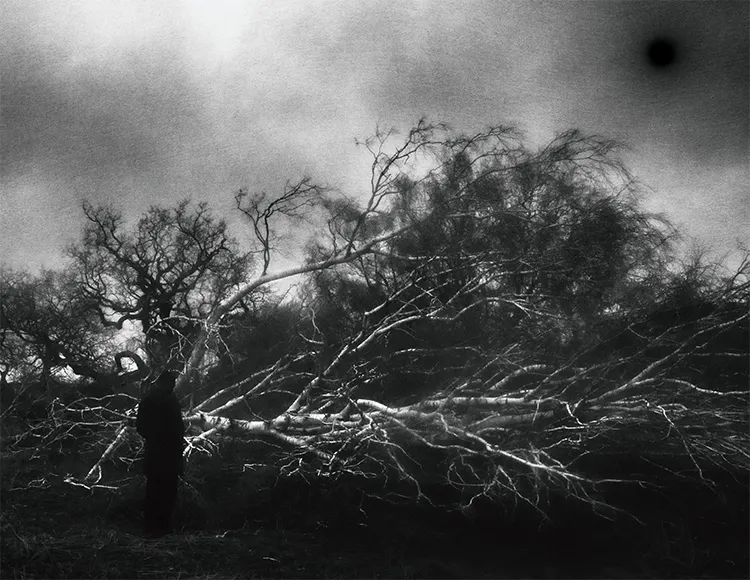
Tzion Essel: Expanding the Artistic Horizon
Although photography remains his primary medium, Essel’s artistic curiosity extends beyond the lens. His admiration for painters such as Caspar David Friedrich and Anne Magill has influenced his approach to visual storytelling. Friedrich’s landscapes, rich with emotion and atmosphere, and Magill’s evocative depictions of nostalgia and longing have played a crucial role in shaping his artistic sensibilities. After discovering Magill’s work on Instagram and later attending two of her exhibitions, he continues to find inspiration in her art. Inspired by these influences, he has begun exploring drawing, seeking to broaden his creative language.
Despite coming to photography by chance, his passion for the medium has only deepened with time. The discipline required to refine his technique parallels his approach to learning how to draw—both pursuits demand patience, precision, and a willingness to see the world from new perspectives. Drawing has become another tool for him to engage with visual storytelling, offering a fresh way to express the emotions that define his work.
His artistic evolution remains an ongoing journey. Whether through photography or drawing, his goal is to create images that resonate on a deeply human level. By capturing the subtleties of emotion and the overlooked beauty in the world around us, Essel’s work serves as an invitation for introspection. His exploration of melancholy, impermanence, and nature’s quiet power continues to shape his ever-expanding artistic vision.
